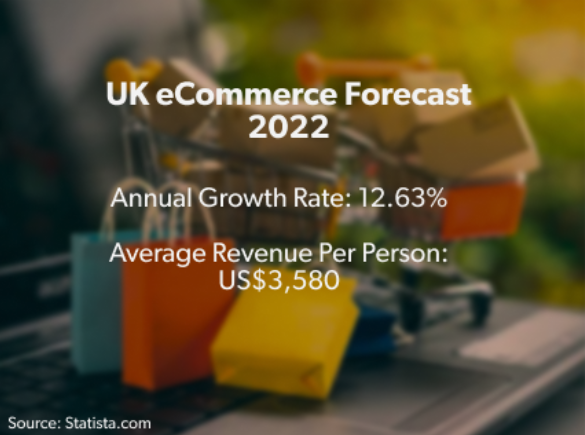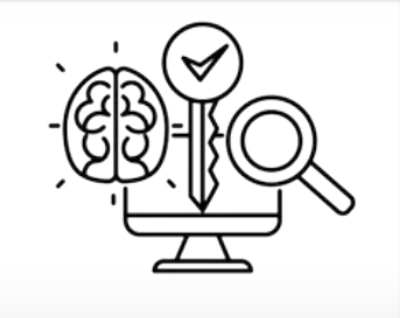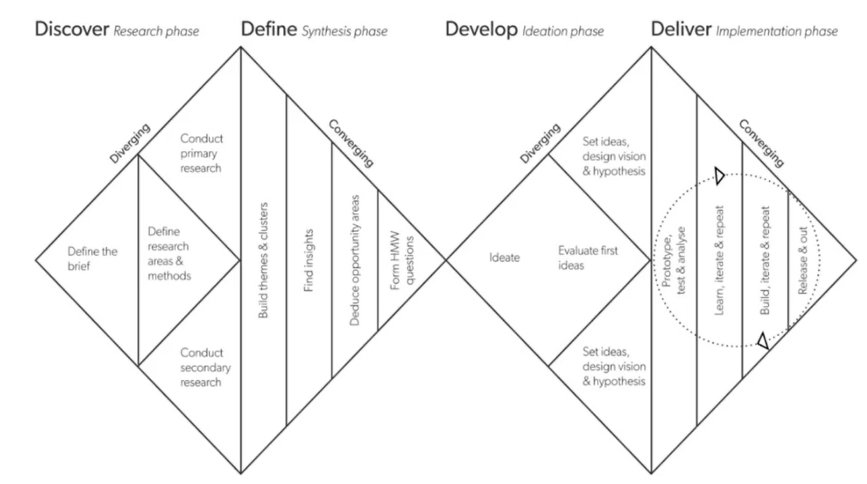How Endless Gain Help You Create Successful CRO Campaigns
The UK has the fastest growing eCommerce market in Europe, with the number of online shoppers expected to cross 58 million by 2025 in the country[1]. And in 2022 itself, the UK’s eCommerce revenue is likely to reach US$199 million, according to the forecast.
As more customers are likely to continue shopping online, we are confident that there is no better time than today for eCommerce brands to invest in Conversion Rate Optimisation (CRO). To make the most of investment in other marketing channels, brands should optimise their websites to increase conversions and sales by delivering positive user experiences.

UK eCommerce forecast 2022
This is where Endless Gain comes into the picture, empowering eCommerce brands to constantly improve CX on their channels through optimisation. Here is a holistic idea about how we work, what we offer, and how we drive growth for our clients.
Understanding Your Audiences
Having spent so many years in the eCommerce optimisation domain, we have realised no two brands are the same, whether it’s about user behaviour or company goals.
Therefore, we are flexible with our services—from leading fully managed optimisation programmes to offering bespoke services as per the specific needs of each client.
Check out our service capabilities to know
how we help our clients.
1. Research and insights
When working with new clients, we conduct user research and analytics to identify key challenges to conversions on their websites.
Here are some research methodologies we follow:
- Functionality Analysis - We perform this analysis to check the functionality of all elements on a website. When every website element is designed, coded, and working properly, it gives a solid foundation to user experiences with a brand. Check out our Guide to Functionality Testing to learn how we help boost revenues for our clients.
- Accessibility Analysis - This is to make sure a website is accessible to all, irrespective of human ability levels and which devices or browsers visitors use to access it.
- Heuristic Analysis and Usability Testing - We conduct this analysis to basically gauge the ease with which users can interact with a website and understand its features and functions. We measure the usability and UI of a website against a set of standard principles to understand the friction points in users’ buying journeys.

User research and insights
- Session Recording Analysis - We watch replays of user sessions to understand how users navigate a website and interact with its various elements.
- Heatmap Analysis - Through scrollmaps, mouse tracking, and clickmaps, we observe customer behaviour on a webpage, identifying how much of a webpage is accessed by users and what sections are the most interacted with.
- Web Analytics - We undertake this analysis to record and analyse website data such as traffic, pageviews, audience personas, and user flow through the site.
- Form Analytics - We measure the performance of webforms, gaining insights such as which form fields are the most abandoned and the time spent by users on each field.
- Market Research - This is to analyse the market, latest trends, and customer behaviours and expectations in any business vertical.
- Customer Survey Analysis - Insights from qualitative data gotten through directly surveying customers can help us understand their expectations, frustrations, and requirements. When available, we also analyse live chats and call transcripts from customer centre calls.
- User
Testing - We all look at our websites every day and know how
everything works and that has led us to subconsciously develop our own biases.
That is why it’s so important to speak to customers directly and understand the
challenges they may face when trying to interact with our websites. Moderated User Testing allows us to recruit
participants who are active in the market for our clients’ products. We then
take them through a series of tasks to generate ideas and feedback on how the
experience could be improved.
Based on the initial research insights, we set tasks for the users to deep-dive into challenges that aren’t clear through other research forms, or to get direct inputs from new or existing users of the brand about what problems they face on a website.
We have observed several benefits to using this method:
A) We can recruit participants from all over the UK or the world, not limited by geographical areas.
B) Participants feel more comfortable browsing the website, making purchases, and completing the task from their home setting.
C) Since participants can only hear and not see the moderator, they do not get influenced by any visual clues from the moderator.
D) We make notes on recordings of the user sessions, so it’s easy to revisit the exact moments when users say something interesting or complete an action. We can use these notes to highlight the most important clips from the user sessions to draw key insights without rewatching the entire session.
Once the research is completed, we draw key insights from our findings and present them to our clients.
2. Experimentation
Next, we move to the experimentation phase, where we use the insights gained from research to start creating experiment hypotheses. Our optimisation strategists build hypotheses backed by relevant consumer psychology, data and UX design principles.
Our UX team design new digital experiences that aren’t only visually appealing but also intuitive and functional. We then ensure these designs are aligned with brand guidelines and work closely with our clients across regular design sprints.
Our development team will code and build the new experiences within the client’s testing platform. Then our quality assurance specialists conduct a thorough review, to ensure the experiences are aesthetically pleasing and pass our 36-point device, browser and functionality checklist.
We then run the experiments, typically as
an A/B test and our data analysts provide insights on the performance of the
experiment and any projected financial uplift that can be gained.
Download our
Experimentation Handbook to
read about some of the best experiments we’ve run for our clients.
What Makes Us Stand Out In The Crowd
The Predictor―our in-house machine learning-based tool―is at the centre of our experimentation and optimisation process. Powered by ML algorithms, this tool tells us the likelihood of success of an experiment. We only run the experiments that the Predictor tool shows as highly likely to win. This confirms the success of most of our tests and saves our efforts to invest in other pursuits promising higher returns.
Supercharging our optimisation process with the Predictor has led us to achieve a win rate of 47%, as against the 17% industry standard.
Once we have understood what users want and how they behave on our clients’ websites, we start our optimisation process based on the Double Diamond methodology, which has 4 phases:
- Discover (research phase), where we understand our clients’ requirements and define research areas to conduct primary and secondary research.
- Define (analysis & insights), where we categorise the insights from our research, identify opportunity areas for optimisation, and brainstorm ideas for testing in our How We Might sessions.

Double Diamond Methodology
- Develop (ideation), where we evaluate test ideas and decide which ones to test first, and then start with design visions and hypotheses.
- Deliver (testing and implementation), where we run experiments on websites and apps through testing platforms and measure their performance.
If the Variation (the design change) loses,
we learn what went wrong and apply the learnings in another iteration. But when
it wins, we recommend our clients roll them out for their users. We may also
create multiple Variations to reach the best iteration result, which we then
ask our client to code into their website.
What We Can Do for You
In 2021, our analysts calculated that we
delivered an ROI of £22.80 for every £1 spent with us by being focused on
driving a significant return for our clients. Please get in touch if you’d like
to have an introduction call.